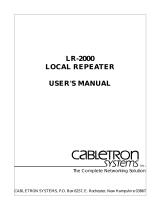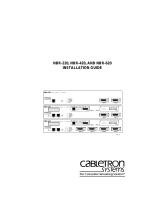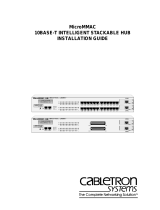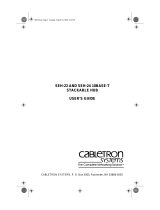
ii ST-500 INSTALLATION GUIDE
FCC NOTICE
This device complies with Part 15 of the FCC rules. Operation is subject
to the following two conditions: (1) this device may not cause harmful in-
terference, and (2) this device must accept any interference received, in-
cluding interference that may cause undesired operation.
NOTE:
This equipment has been tested and found to comply with the
limits for a Class A digital device, pursuant to Part 15 of the FCC rules.
These limits are designed to provide reasonable protection against
harmful interference when the equipment is operated in a commercial
environment. This equipment uses, generates, and can radiate radio fre-
quency energy and if not installed in accordance with the operator’s
manual, may cause harmful interference to radio communications. Op-
eration of this equipment in a residential area is likely to cause interfer-
ence in which case the user will be required to correct the interference
at his own expense.
WARNING:
Changes or modifications made to this device which are not
expressly approved by the party responsible for compliance could void
the user’s authority to operate the equipment.
DOC NOTICE
This digital apparatus does not exceed the Class A limits for radio noise
emissions from digital apparatus set out in the Radio Interference Reg-
ulations of the Canadian Department of Communications.
Le présent appareil numérique n’émet pas de bruits radioélectriques dé-
passant les limites applicables aux appareils numériques de la class A
prescrites dans le Règlement sur le brouillage radioélectrique édicté par
le ministère des Communications du Canada.
NOTICE:
To insure FCC and DOC compliance and proper operation of
the ST-500 transceiver, SHIELDED transceiver cables must be used.



























